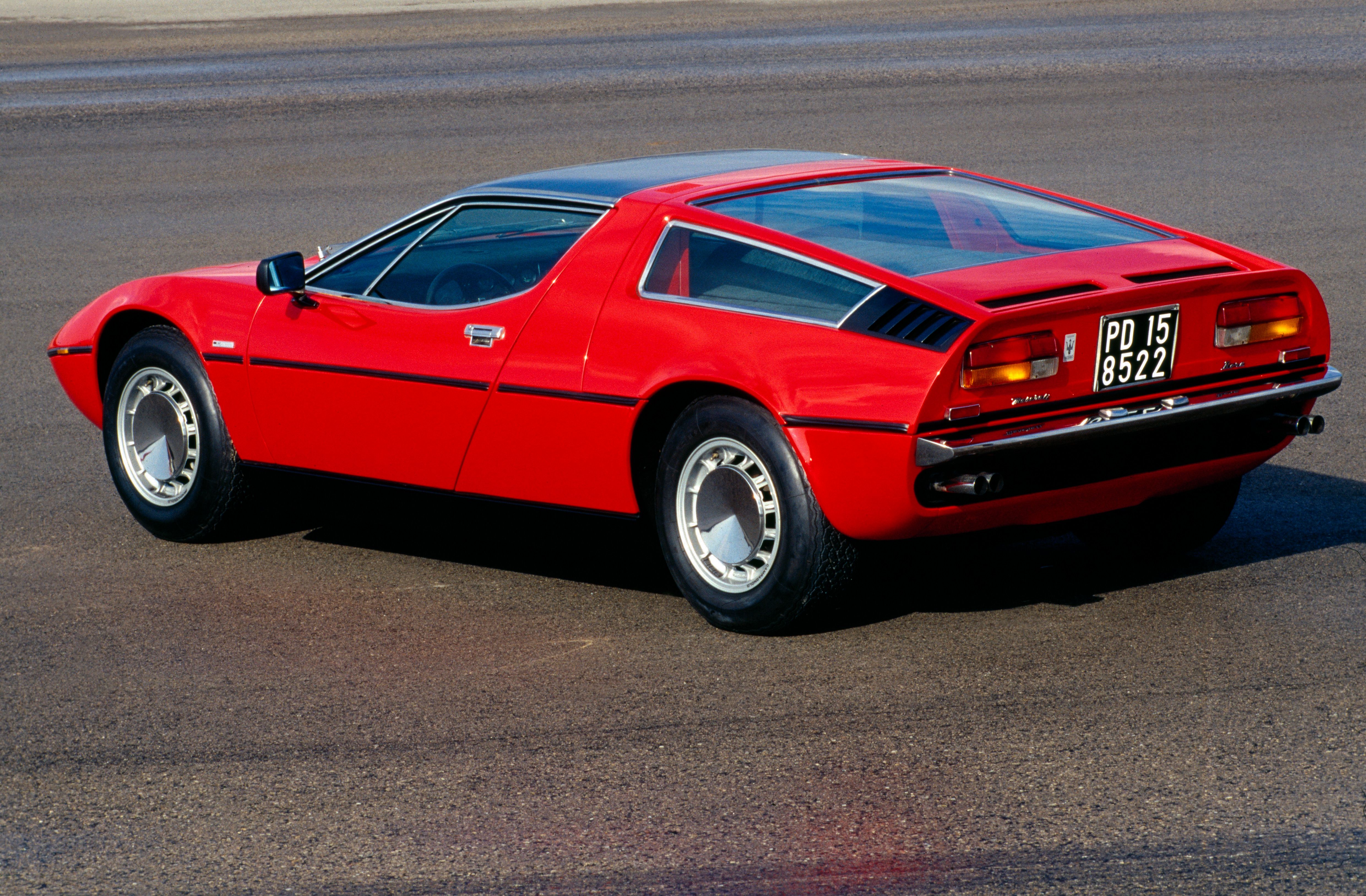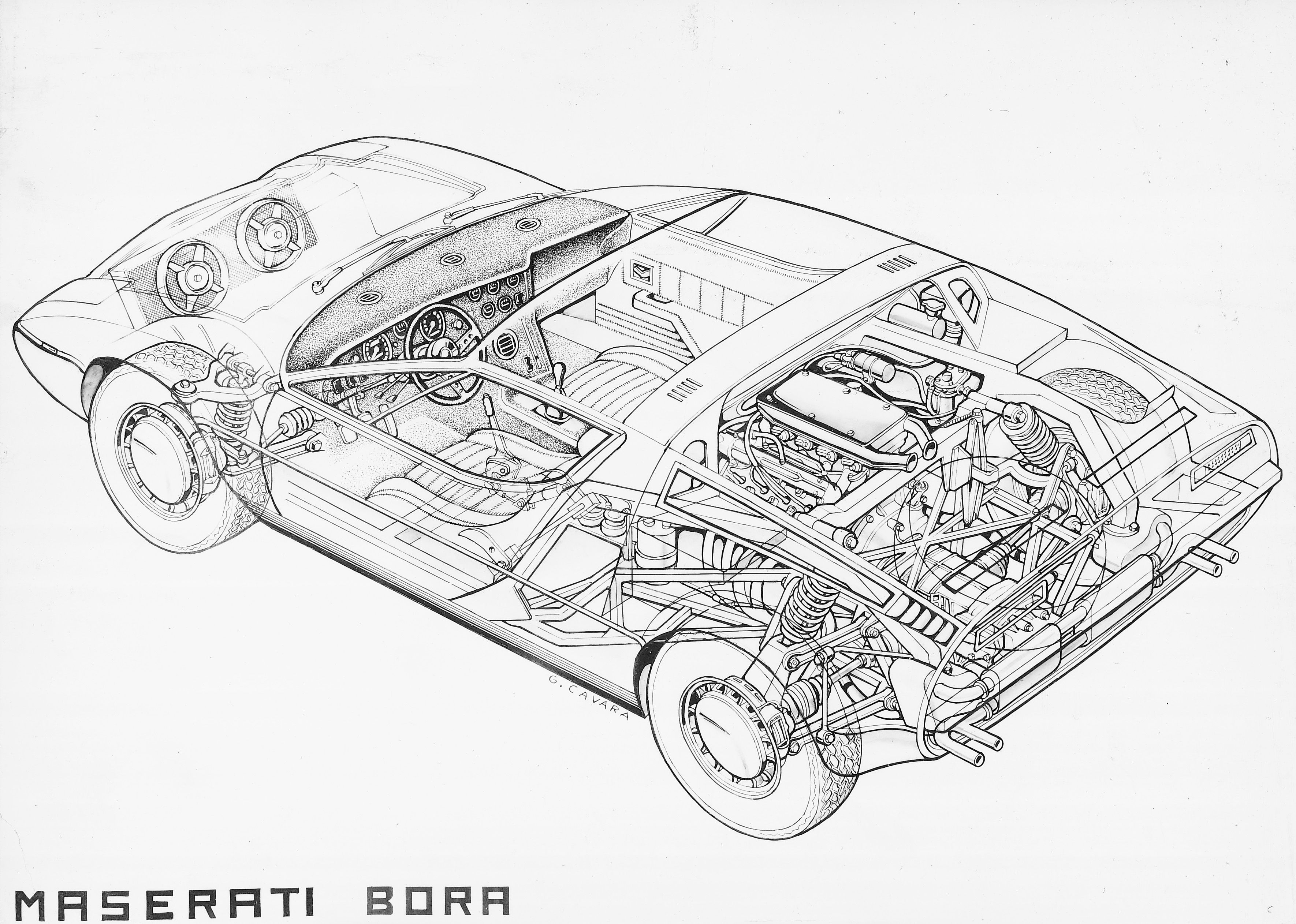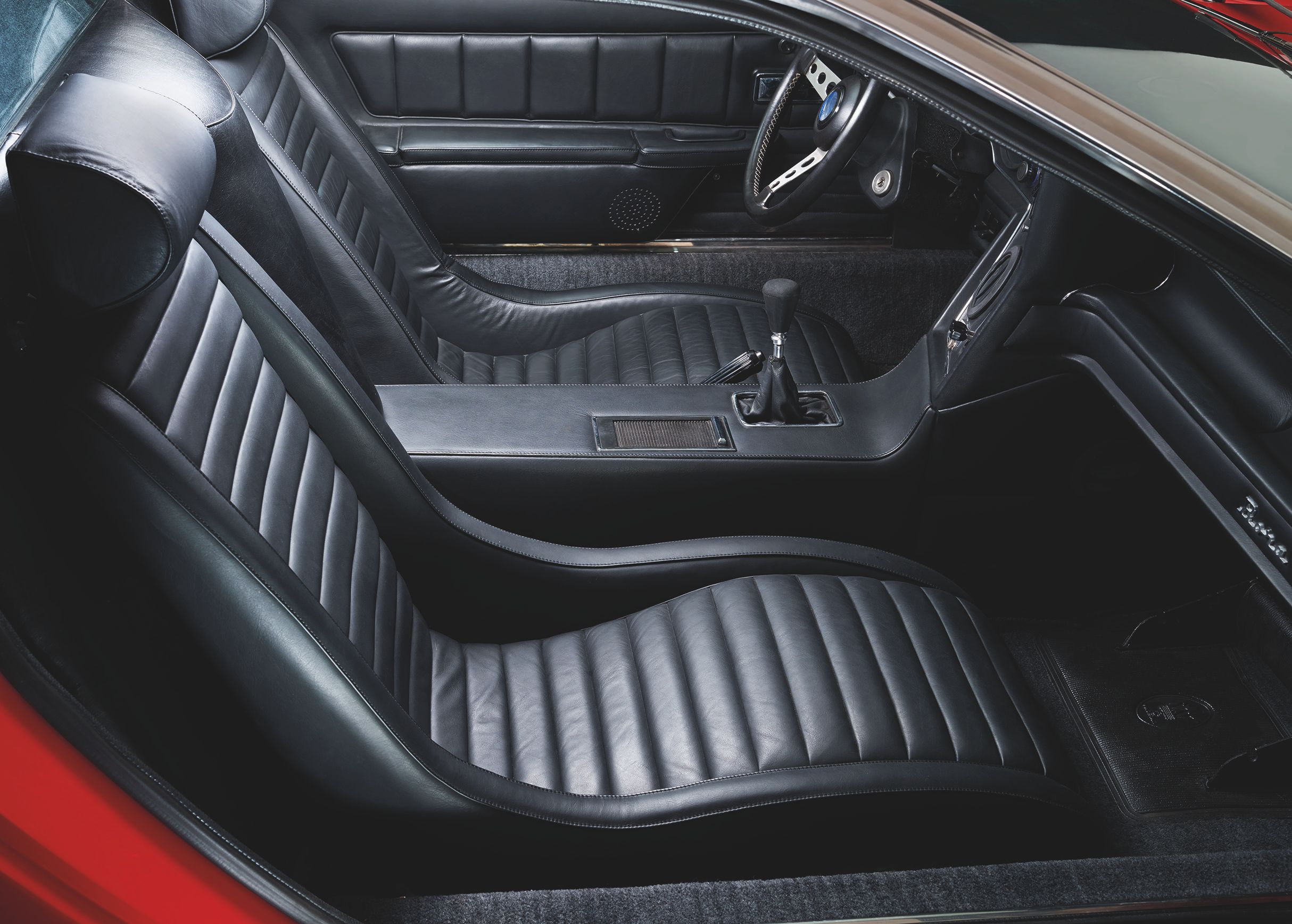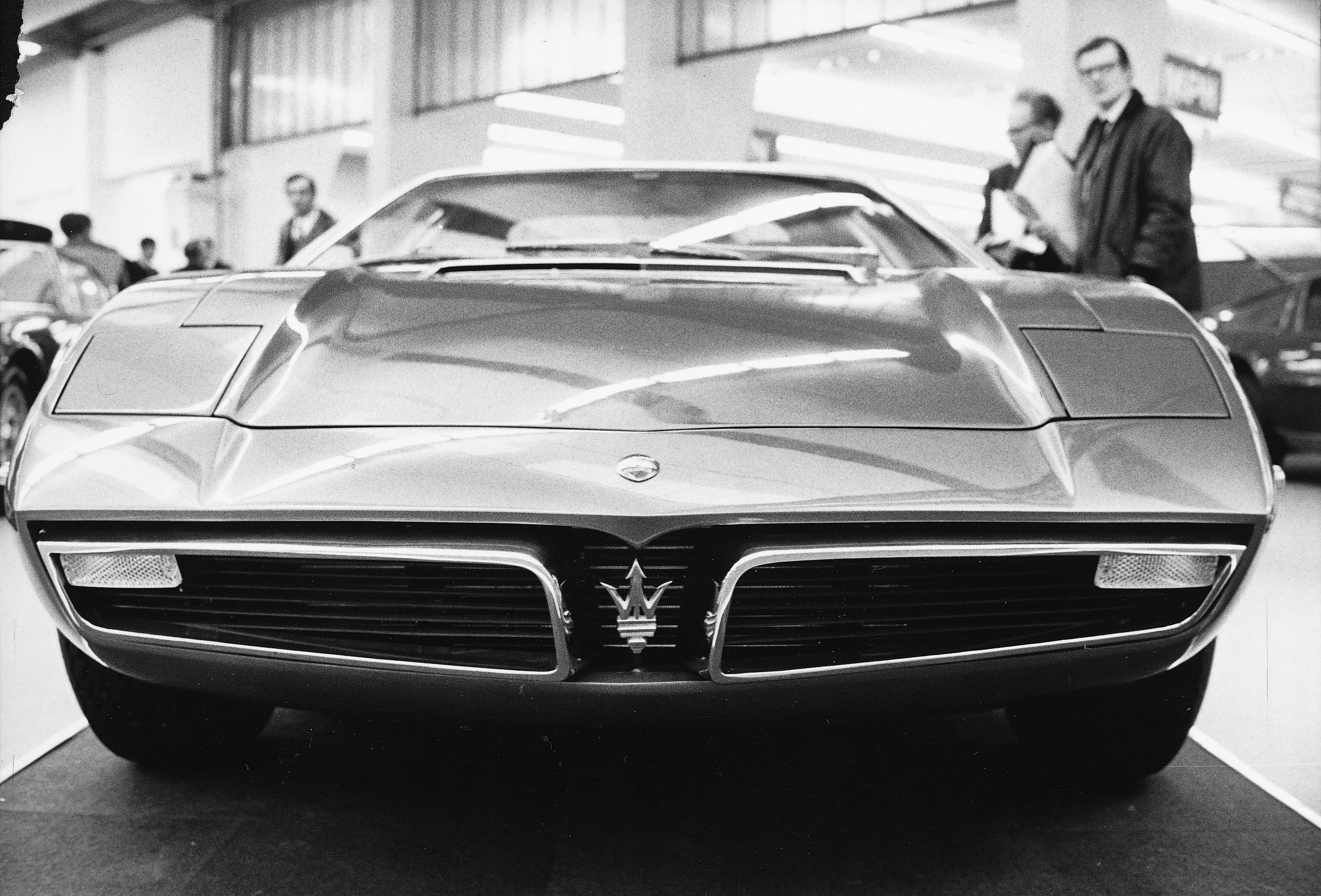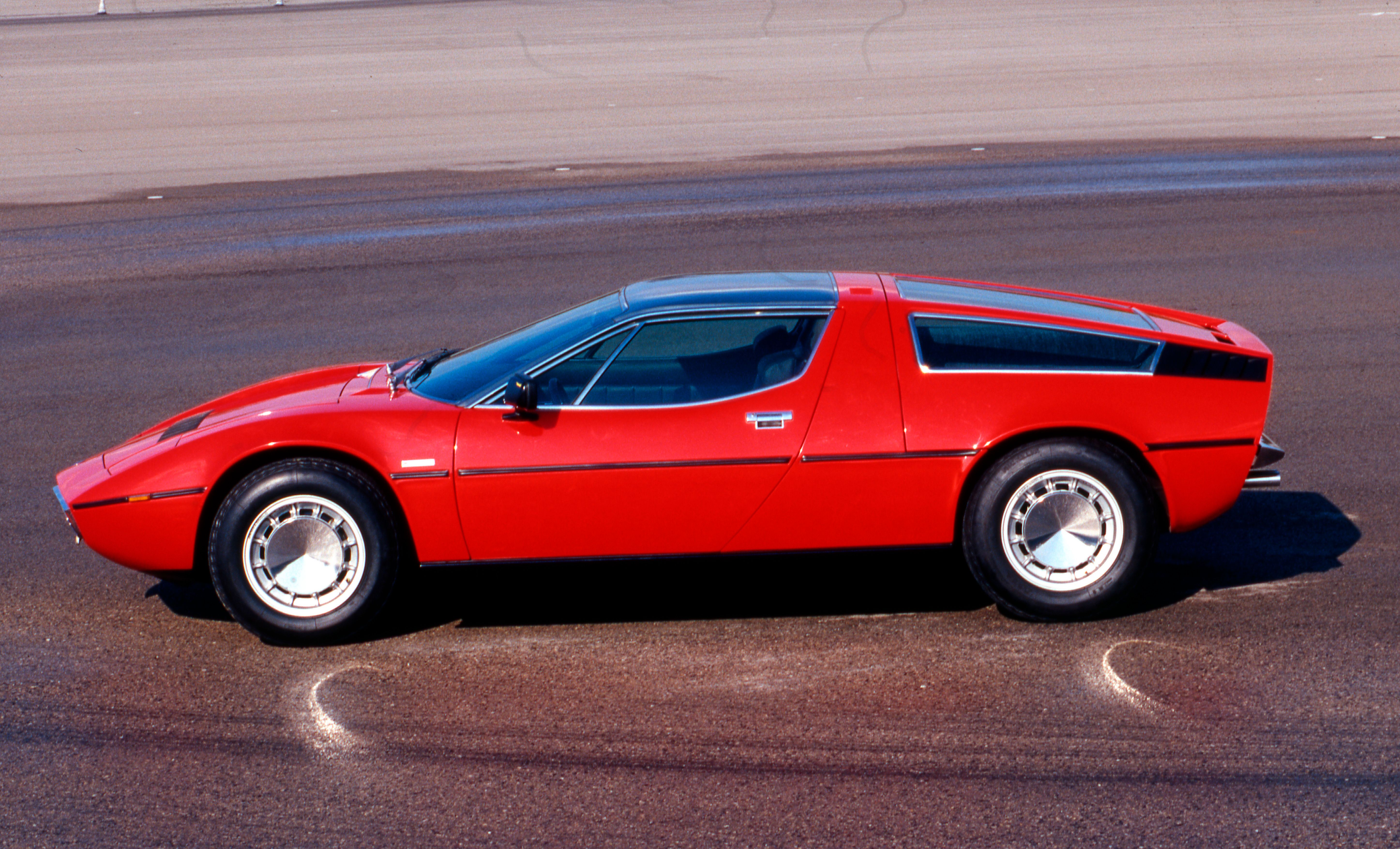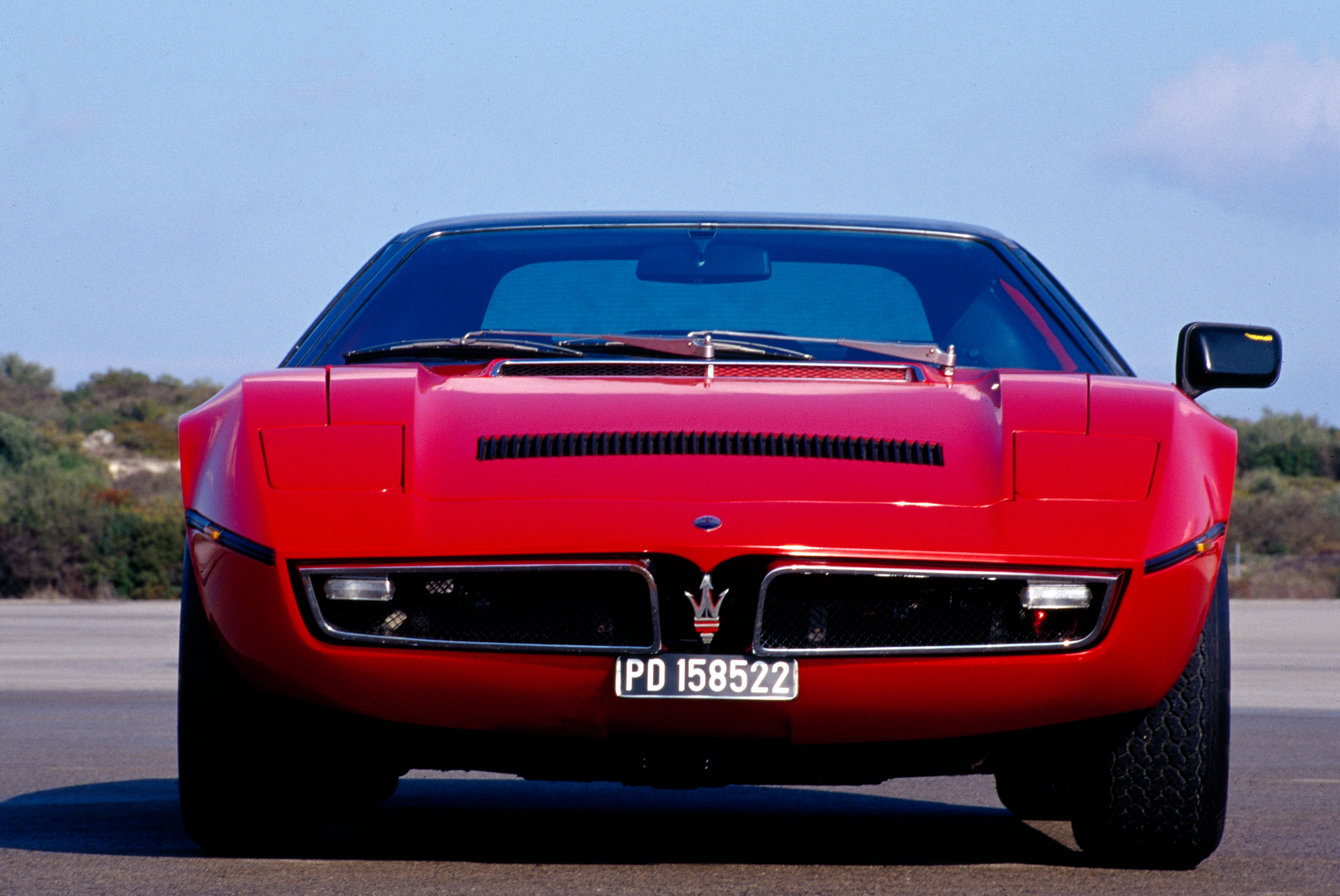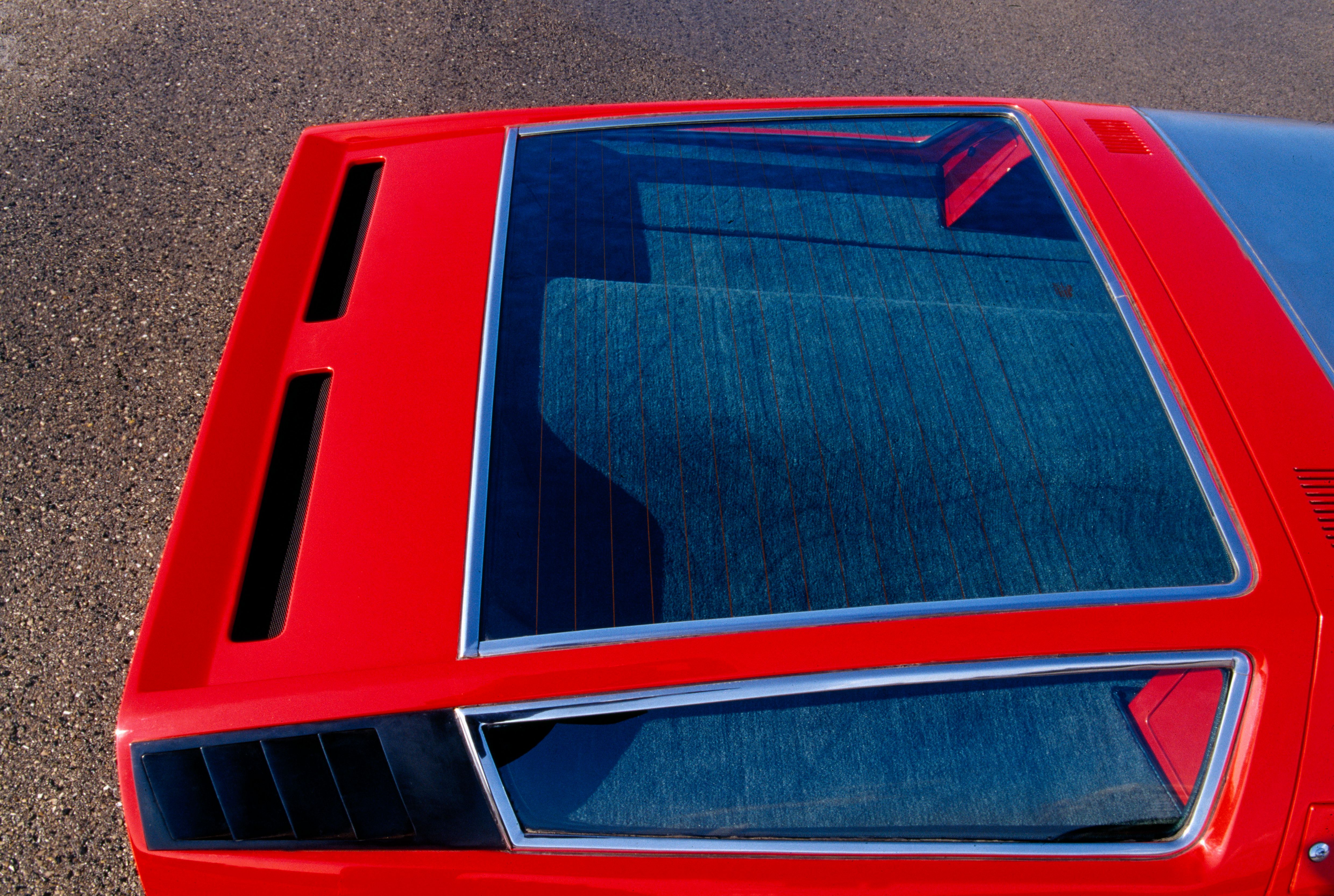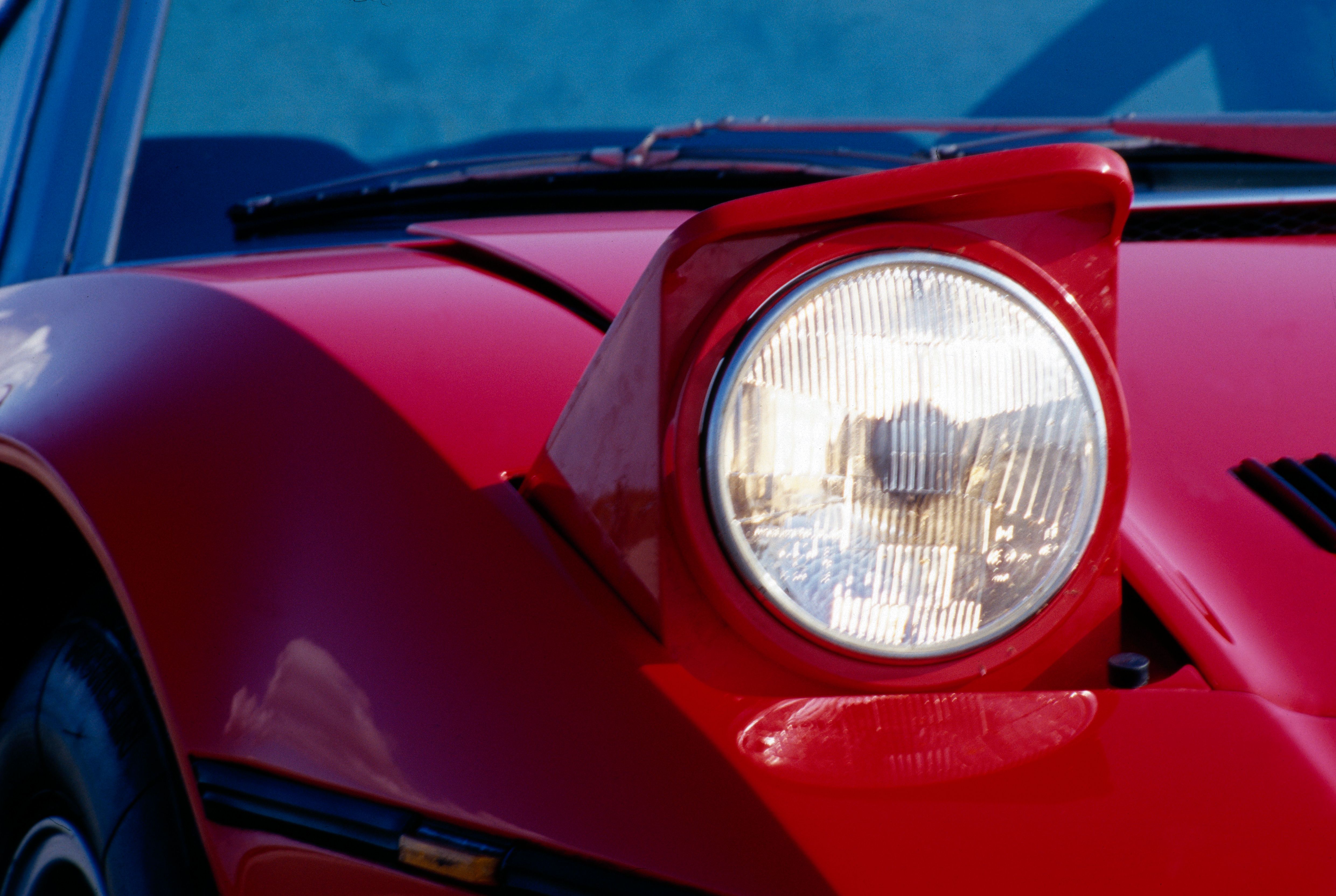Maserati is one of the oldest and most coveted Italian car brands ever. Although they’ve had their ups and downs, the motorsport success of Maserati cars has helped spawn some great road cars, too. Among them was the Bora, which actually has its 50th anniversary this year. The Maserati Bora may not be as celebrated as other models of the brand, but it’s one of the most significant Maserati cars to have been produced. For its 50th birthday, we are giving you some interesting facts about the Bora.
The first mid-engine Maserati
Nowadays, we are spoiled by the diversity of mid-engine supercars, but back in the 1970s, there weren’t as many. Yes, there were a few others, like the Lamborghini Miura, DeTomaso Pantera, or Ferrari 308, but mid-engine cars were still not as mainstream as today. In 1971, Maserati decided they want to join the mid-engine club and brought out the Bora (Tipo 117), in order to compete with the likes of the aforementioned.
It was the most high-tech Maserati ever made
Maserati has always been known to make quick and stylish vehicles. Sadly, they were also known to be outdated in terms of technology. The Bora changed the brand’s perception of one using ancient technology. It brought independent suspension all-around, along with coil springs, telescopic suspension dampers, and anti-roll bars. Keep in mind, the Bora brought these innovations (for Maserati) in 1971. For comparison, the Miura had front and rear independent suspension, since its inception in 1964.
The Bora was Maserati’s first car made under Citroen’s ownership
In 1968, the French carmaker Citroen acquired Maserati. This was until 1975 when, after Citroen went bankrupt, a deal was signed at the Ministry of Industry in Rome. This meant that Maserati was now owned by an Italian state-owned holding – GEPI – and Alejandro De Tomaso. Under Citroen’s ownership, Maserati had relative freedom and was even asked to develop a V-6 engine for their flagship, the Citroen SM. The engine in question was also used in the Maserati Merak SS, which was heavily based on the Bora. In addition, Maserati cars built in that period used many Citroen parts, but they were mostly limited to the hydraulic systems.
It could seat four people (theoretically)
The Maserati Bora was designed as a 2+2 coupe. This meant that, despite having the engine in the middle, it also had rear seats. With that being said, the second row was only good for small kids, ex-wives, or lousy friends. Nevertheless, the Bora offered a bit more practicality than your average mid-engine sports car.
It may have been heavier than what Maserati claimed
The Bora had impressive performance figures for the time
This was mainly due to the Bora being powered by big V-8 engines. Earlier models featured a 4.7-liter V-8 producing 310 horsepower (321 kilowatts) at 6,000 RPM and 325 pound-feet (440 Nm) at 4,000 RPM. In 1973, a bigger 4.9-liter V-8 became the standard engine. With it, the Maserati Bora now had 320 horsepower (239 kilowatts) at 5,500 RPM and 335 pound-feet (454 Nm) at 4,000 RPM.
The 4.9-liter unit was essentially a bored-out version of the 4.7-liter V-8, with the bore being 89 mm instead of 85 mm. Regardless of the version, both engines featured a DOHC valvetrain and four downdraft Weber carburetors. The V-8 was mated to a five-speed ZF transaxle.
There are different claims regarding the top speed, but it is believed that the 4.7-liter could reach 169 mph (271 km/h), while the 4.9-liter – 177 mph (285 km/h). The 0 – 60 mph (97 km/h) time was around 6.0 seconds.
Giorgetto Giugiaro designed the Bora
The Maserati Bora owes its stunning good looks to the Italdesign studio, with the main contributor being Giorgetto Giugiaro himself. The legendary Italian is considered to be the most influential car designer of the 20th century. We can thank him for styling some of the most iconic cars ever made, such as the Ferrari 250 GTO, De Tomaso Mangusta, Lancia Delta, DeLorean DMC 12, and others. The car stood at just 1,138 mm (44.8 inches) and had a drag coefficient of just 0.30 Cd.
The luxury sports car
The Bora was not only fast, but also quite luxurious on the inside. Most mid-engine cars were simply go-fast toys. The Bora was a go-fast toy that spoiled you. Most of the interior was covered in high-quality leather. This included the seats, doors, and dashboard. Power windows were standard and almost every Bora had an air conditioner. In addition, the steering column was adjustable. The Maserati Bora was a mid-engine sports car, rivaling the luxury of some limousines.
The Merak happened because of the Bora
In 1972 – one year after the Bora’s unveiling – Maserati introduced a second, more affordable, mid-engine model. The Merak shared many of the Bora’s aesthetics, as it was, once again, designed by Giorgetto Giugiaro. The cars were almost identical up until the B-pillar. In the front, the two symmetrical trapezoid grilles were exchanged for dual chrome bumpers. Other than that, the cars shared the same front end.
After the B-pillar, the Merak did not feature the Bora’s glass fastback-style engine cover. Instead, the cabin ended with a vertical window, followed by a flat engine cover, featuring four vents.
Interestingly enough, the Merak also had rear seats.
The two cars may have shared most of the sheet metal and platform, but they were worlds apart in terms of performance. The Merak dropped the Bora’s V-8 for either a 2.0 or a 3.0-liter V-6. The latter was shared with the Citroen SM. The Merak turned out to be more successful than the Bora, on which it was based. While the Bora’s production ended in 1978, the Merak carried on until 1983.
Maserati Bora & Merak Specs
|
Maserati Bora |
Maserati Merak |
Engine: |
4.9-liter V-8 |
3.0-liter V-6 |
|
|---|---|---|---|---|---|
|
Horsepower: |
320 horsepower |
217 horsepower |
|||
|
Torque: |
335 pound-feet |
188 pound-feet |
|||
|
0-60: |
4.9 seconds |
6.3 |
|||
|
Top speed: |
177 mph |
149 |
The Maserati Bora is rare and collectible
No one really expected Maserati’s first production mid-engine car to be produced in great quantities. Over its seven-year production run (1971-1978), only 564 units were made. Of those, 289 had the 4.7-liter V-8, while the other 275 had the 4.9-liter V-8. If you want one now, you need to prepare at least $150,000.

